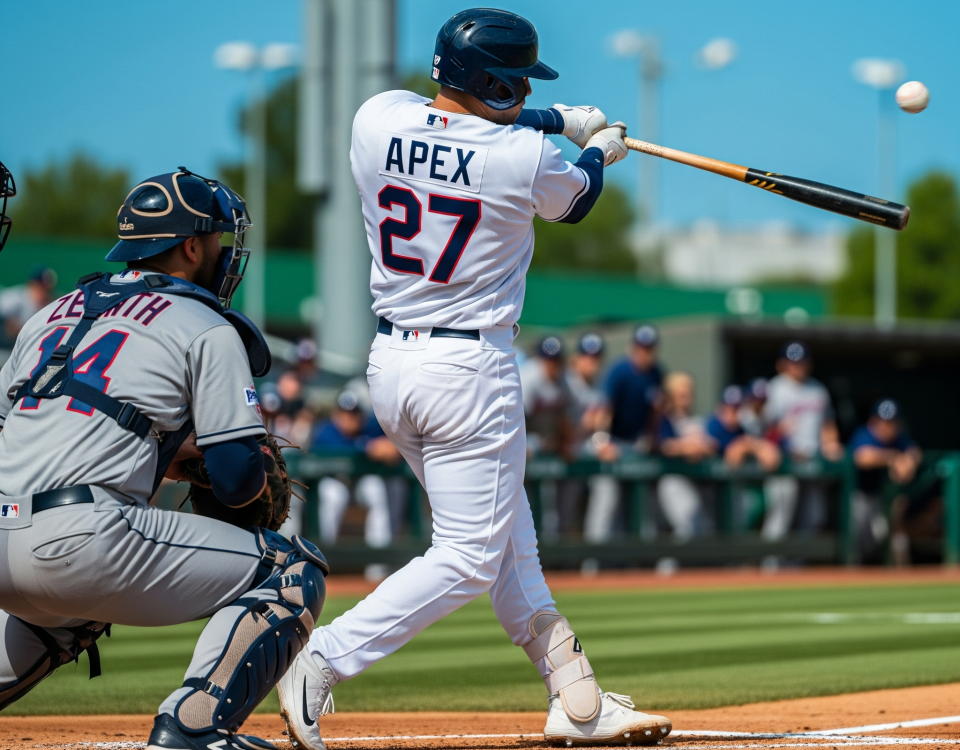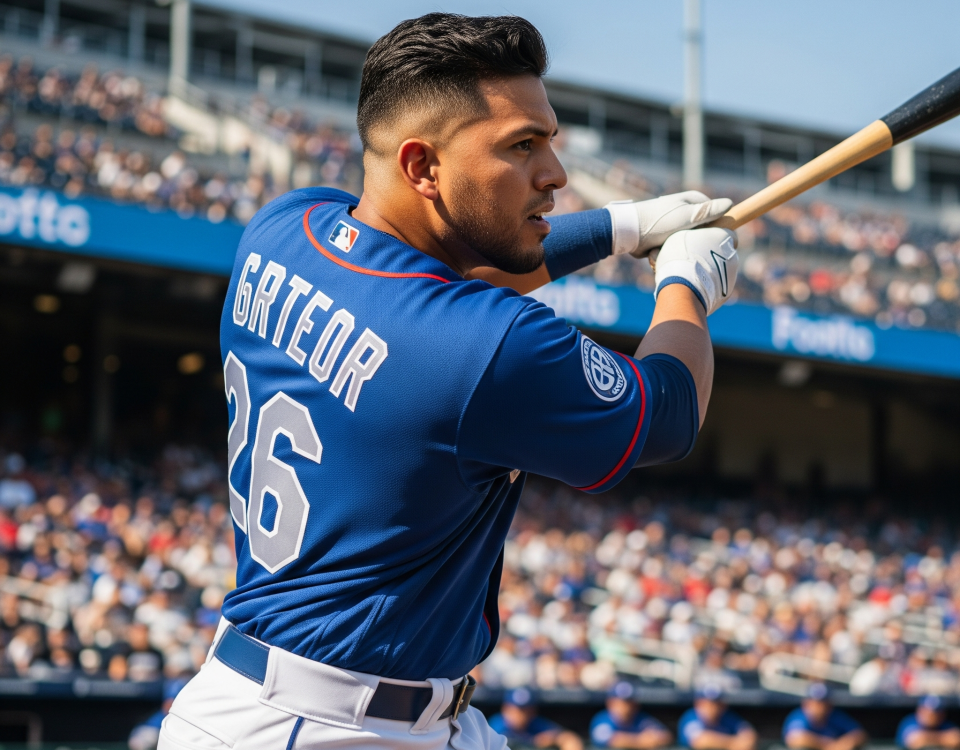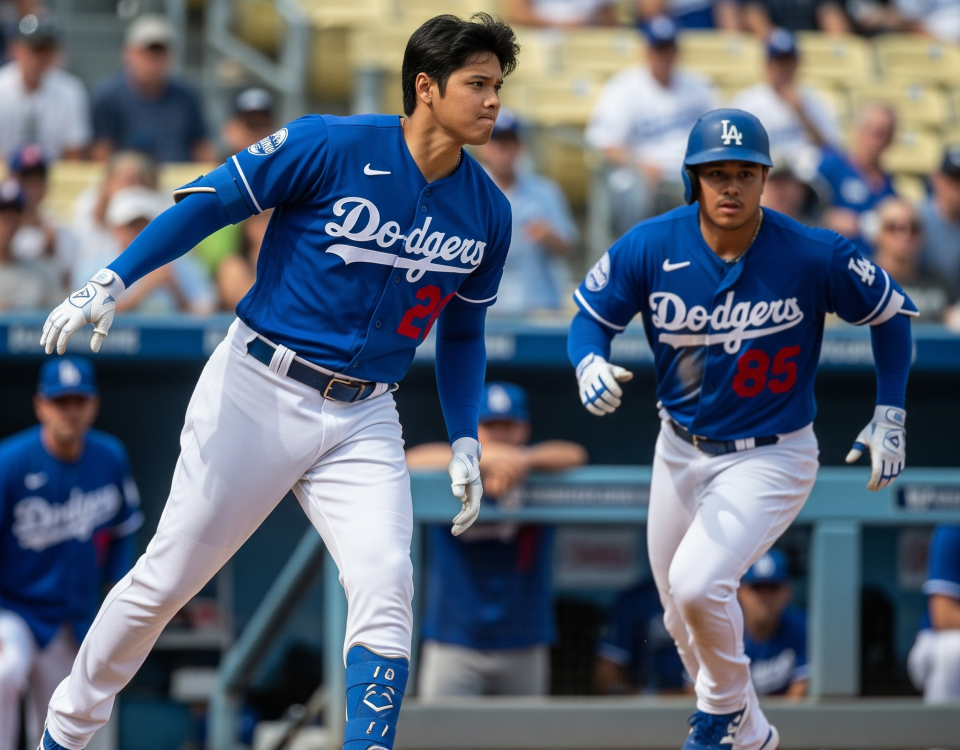
Shohei Ohtani Hits for the Cycle in Dodgers’ Dominant Win Over Giants
June 4, 2025
Aaron Judge: The Gentle Giant Chasing Home Run History Once Again
June 4, 2025Major League Baseball’s decision to implement a ban on extreme defensive shifts prior to the 2023 season was one of the most discussed rule changes in recent memory, aimed squarely at injecting more offense and action into the game. The regulations mandated that all four infielders must have their feet on the infield dirt when the pitcher releases the ball, with two positioned on either side of second base, effectively eliminating the common sight of three infielders stacked on one side of the diamond or a fourth outfielder. The primary goal was to increase the league-wide batting average, particularly on balls put in play, which had seen a decline in the era of advanced analytics and defensive optimization.
One year on, the data presents a nuanced picture of the ban’s success. League-wide batting average did indeed see an uptick. In 2022, the season prior to the ban, the MLB average stood at .243, a figure many considered alarmingly low. Following the implementation of the new rules, the league average climbed to .248 in 2023. While a five-point increase is not a seismic shift, it represented a move in the intended direction and the highest league average since 2019.
The most significant impact, as widely predicted, was observed in the Batting Average on Balls In Play (BABIP). This metric, which excludes strikeouts and home runs, is a more direct measure of what happens when a batter makes fair contact. League-wide BABIP rose from .290 in 2022 to .297 in 2023. This seven-point jump indicates that more batted balls that previously would have been turned into outs by shifted fielders were now finding holes and becoming hits. Ground balls and sharply hit line drives, particularly those pulled by left-handed hitters, were expected to be the biggest beneficiaries.
Indeed, left-handed batters, who faced shifts far more frequently than their right-handed counterparts, experienced a more pronounced positive effect. Statistics from the 2023 season showed a greater increase in both batting average and BABIP for lefties compared to righties. For instance, left-handed hitters saw their collective batting average rise by approximately ten points, from .239 in 2022 to .249 in 2023, with their BABIP also showing a corresponding, significant increase. This helped to level the playing field somewhat, as the strategic shifting had disproportionately penalized this group of hitters.
While some pull-heavy hitters who consistently hit into the shift saw a clear resurgence in their batting lines, the impact wasn’t uniformly transformative for every player. Some analysts argue that while the shift ban contributed to the offensive increase, other factors like slight changes in pitcher approach or even the psychological effect on hitters knowing more space was available could have played a role. Furthermore, teams quickly adapted, employing new, albeit legal, defensive strategies, such as aggressive outfielder positioning, to mitigate the effects of the restricted infield.
The increase in ground ball hits, though noticeable, wasn’t as dramatic as some had hoped, equating to a modest increase in hits per team over the season. Some commentators suggest that the overarching offensive philosophy in modern baseball – emphasizing launch angle and power to hit home runs – wasn’t fundamentally altered by the inability to shift infielders as freely. Home runs, after all, are immune to any defensive alignment.
However, the consensus is that the shift ban did achieve its primary objective of allowing more batted balls to become hits, particularly for those most disadvantaged by the previous rules. It also brought a more traditional defensive aesthetic back to the infield, potentially increasing defensive athleticism on display. While not a panacea for all of baseball’s offensive trends, the first year of the shift ban demonstrably raised batting averages and created more action on the basepaths, marking a clear, if not revolutionary, impact on the game. The long-term effects and further strategic adjustments by teams will continue to be an area of interest in the seasons to come.



